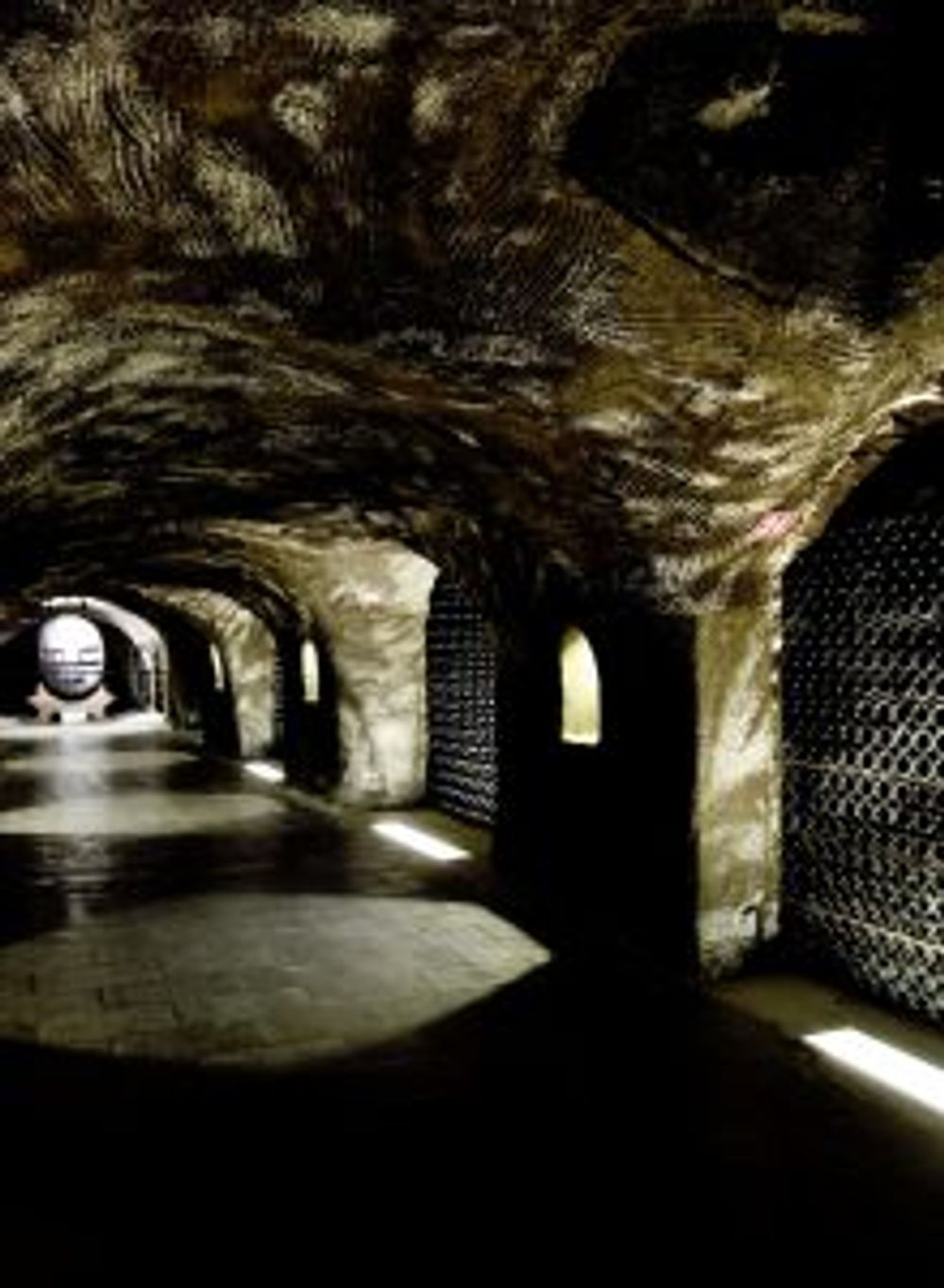The knack of blending a consistent Champagne brand like Moët Imperial is to conjure the base wines into a blend that, after secondary fermentation, will merit the cachet of the Moët label.

‘I should have drunk more Champagne’.
Of all the famous last words uttered these from the great economist John Maynard Keynes are my favourite – economics, remember, is often dubbed the ‘dismal science’
To many of us, savouring a decent Champagne offers a blessed moment of carefreeness. Life seems something bountiful and munificent. Alas, the imbiber’s pleasure demands hard work and not a little worry on the part of the winemaker.
At Moët Hennessy‘s prestigious headquarters in London we meet Benoît Gouez, chef de cave at Moët & Chandon since 2005, who gives us an insight into the tricky decisions behind the blending of their flagship Moët Impérial and the inevitable compromises needed to ensure its consistency.
As Gouez has it, “It’s complicated, Champagne”. One of the reasons is that the wine is a blend, and in the real world a blend of less than perfect vintages.

Galerie Impériale
Moët Impérial is always a non-vintage Pinot Noir, Meunier and Chardonnay mix: the “structure, roundness and freshness combine in harmony,” remarks Gouez. He uses a blend of no fewer than 100 different wines from the Champagne region, of which roughly a quarter come from the previous two years stashed away in Moët’s capacious cellars. The ‘assemblage’ is 35-40% Pinot Noir, 30-40% Meunier and 25-30% Chardonnay.
Blending such a wide variety of wines from several vintages creates a bewildering array of difficult choices. And non-vintage Moët Impérial has not simply to be eminently quaffable but to display “constency” year by year whatever the character and strengths of individual wines or vintages.
Another constraint is that a goodly part of each year’s best base wines must go to replenish the reserve for the coming years.
“In a given year, we never do the best blend – we do the best blend without compromising the future”, Gouez declares wryly.
At the tasting we are presented with six glasses, the two most recent vintages of each of the three varietal base wines. (Our hosts at Moët Hennessy eschew Champagne flutes as is the fashion these days). At this stage, still unfiltered and nary a bubble in sight, the wines can have an unappetising cloudy brown murk at the bottom. And, as the chef de cave cheerfully admits, the quality of the wines in 2016 was quite uneven. Certainly, the 2016 Meunier is surprisingly aromatic and seems already to have some of the character of proper Champagne. Gouez is a lot less pleased with the Chardonnay, but still this is what he has to work with.
The knack is to take these base wines and conjure them into a blend which once put through the second fermentation ends up with something that merits the cachet of the Moët label. No one can know precisely how these base wines will develop once in the bottle but Gouez with his years of experience knows better than most.

Then comes the disgorgement when the gunk is frozen at the neck of the bottle and removed – this is ‘traumatic’ for the wine, Gouez explains, and they must be allowed to recuperate for several months.
So the lesson from this peek into Moët’s methods?
It is that vintage Moët may have higher highs but lower lows since the winemakers have less choice of wines and don’t need to aim for consistency between vintages – to some palates one particular year may be ‘too green’ or ‘too aggressive’ while to others its taste is exquisite.
But Moët Impérial is always a safe bet for those staving off a deficit in joie de vivre.
































